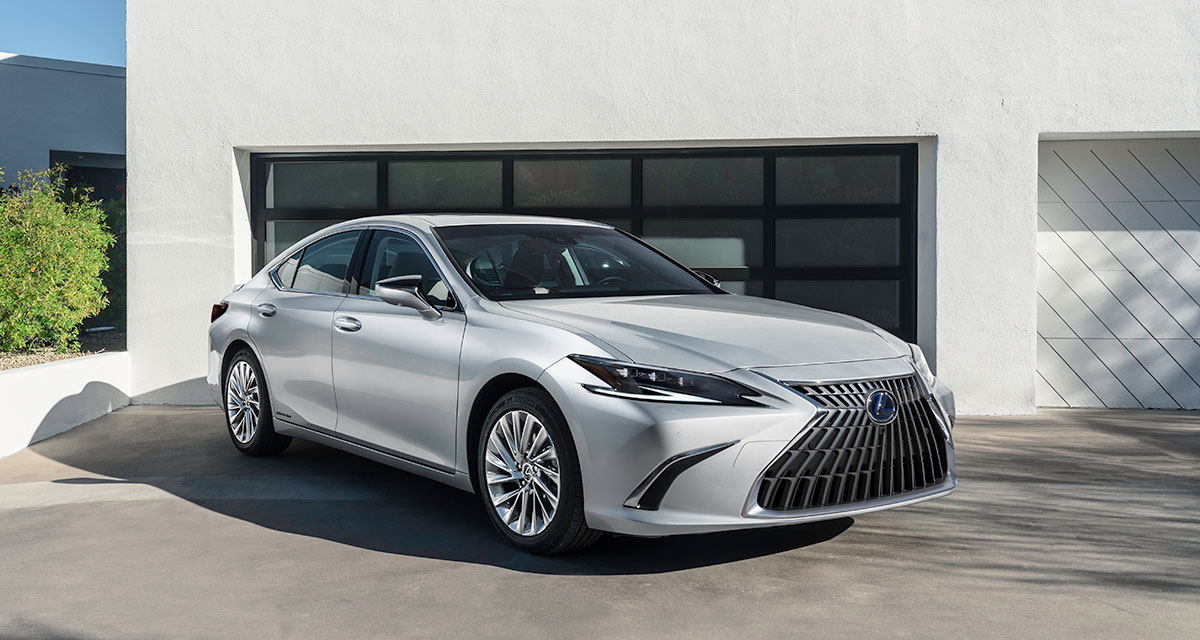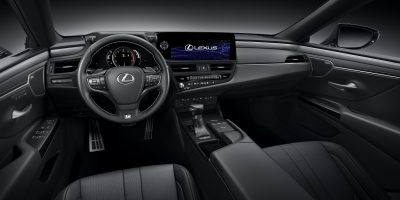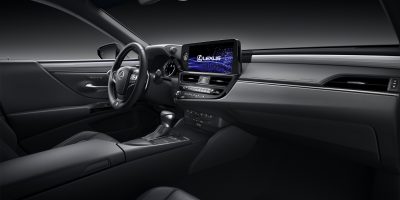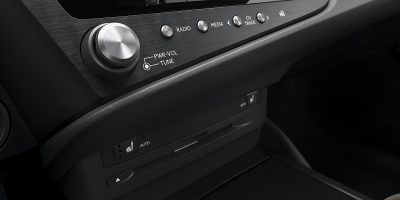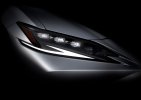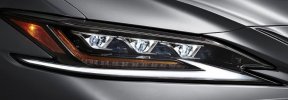I can only speculate as to why Hyundai chose to go with the simple, 1-motor parallel hybrid, rather than a 2-motor, serial-parallel, power-split device hybrid system.
The main reason is probably technical simplicity. Sandwiching an electric motor between the engine and the traditional mechanical, stepped-gear transmission is much simpler in concept than designing a completely new PSD transmission. This approach may lessen the number of different parts and components in a vehicle such as the Sonata, which is available in hybrid and non-hybrid models, if a large number of transmission components can be shared amongst all Sonata models.
The other reason may be patent-related, as was already suggested. When Ford introduced its first hybrid vehicle, the 2005 Escape Hybrid, Ford decided to pre-emptively license Toyota's hybrid system (and even buy its first PSD transmissions from long-time Toyota supplier and family member, Aisin), even though Ford said at the time that their design was a result of their own research and not a copy of Toyota's system; Ford did so to prevent Toyota from suing for patent infringement.
As of last year, however, Toyota has decided to offer free access to its hybrid vehicle patents.
Japan's Toyota Motor Corp will offer free access to its hybrid-vehicle patents through 2030, it said on Wednesday, seeking to expand use of the lower-emission technology even as the global industry shifts toward fully electric cars.

www.reuters.com
There are other hybrid vehicle patents, and Toyota and Ford, and subsequently Hyundai-Kia itself, have been sued for infringing those patents by Paice, an American company that holds a number of hybrid vehicle patents (but does not build any hybrid vehicles or components itself). Paice, backed by its financial backer Abell Foundation, has aggressively pursued lawsuits (in the USA) against quite a number of automakers (Toyota, Ford, Hyundai-Kia, Honda, threatened BMW) that sell hybrid-electric vehicles in the USA (even though Paice merely holds these patents and does not use them), forcing the defendants to license Paice's technology. To me, this seems like a uniquely American problem.

